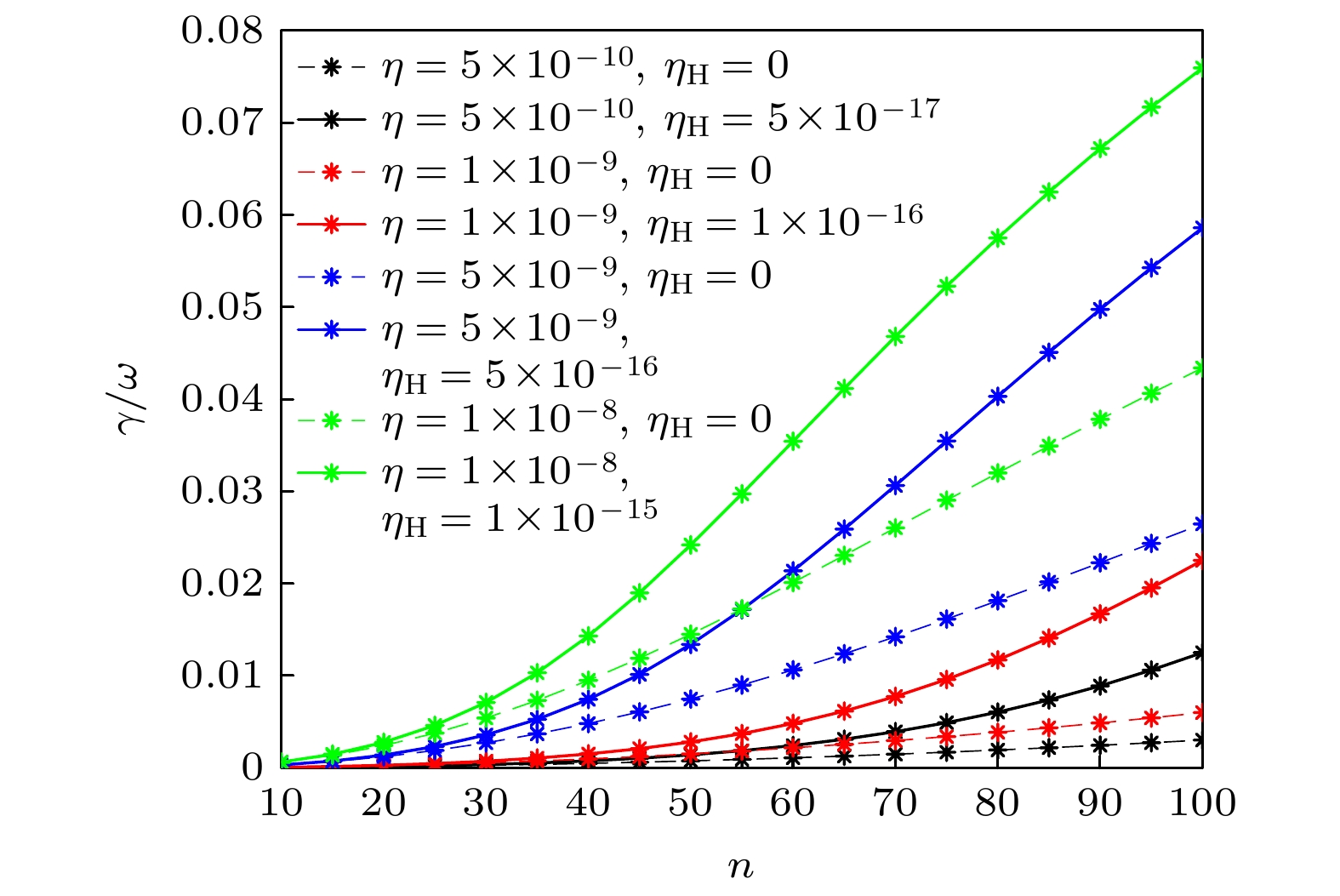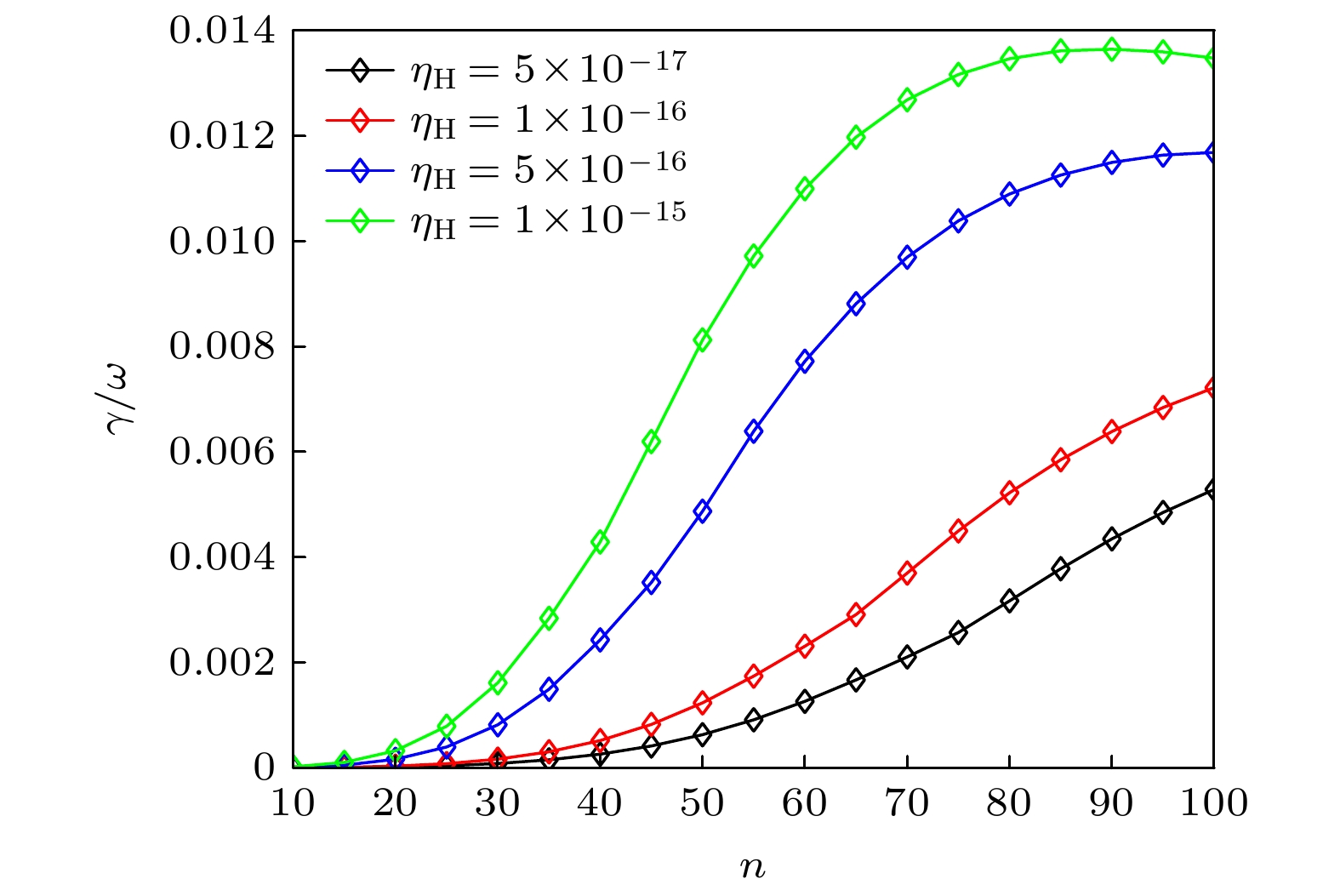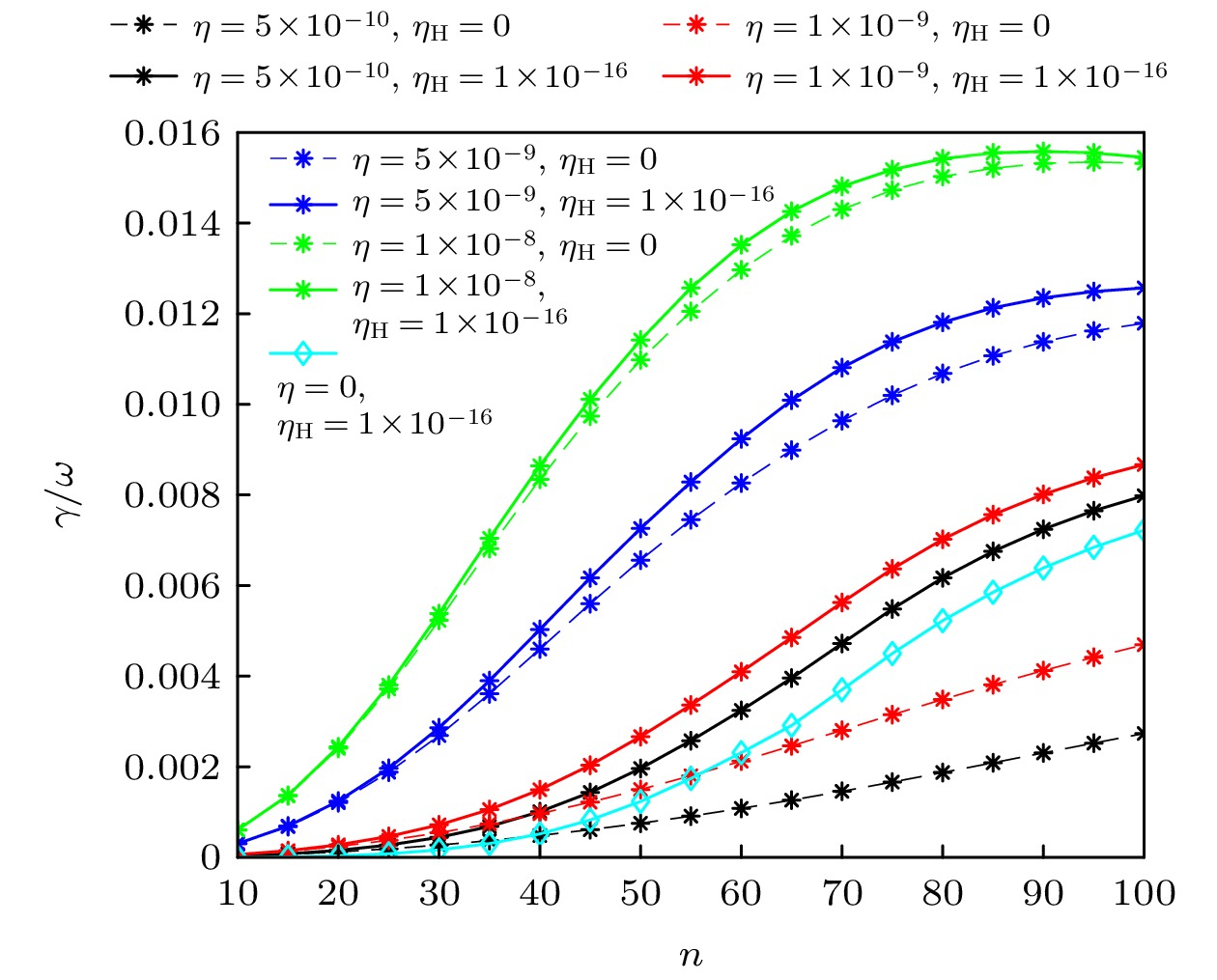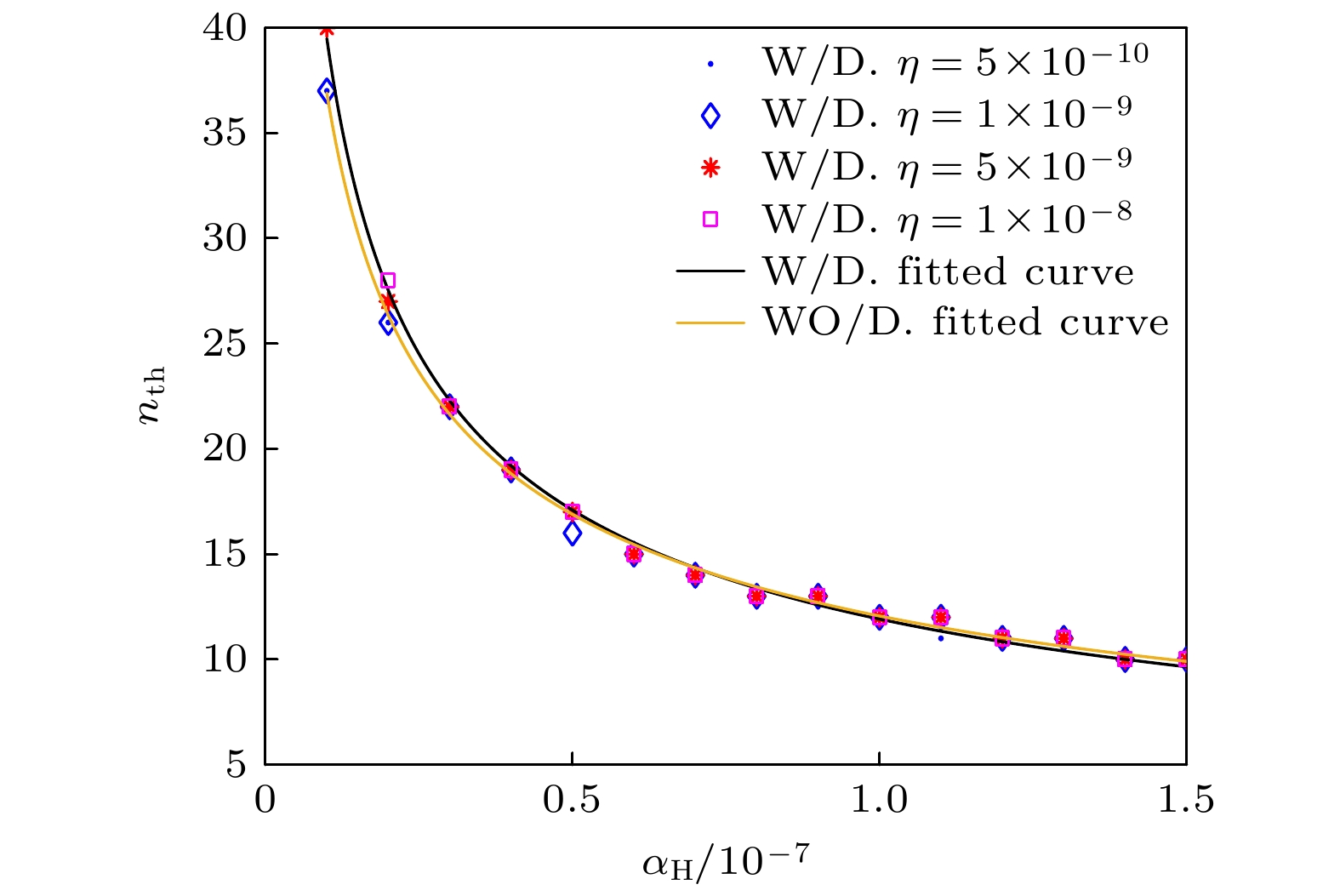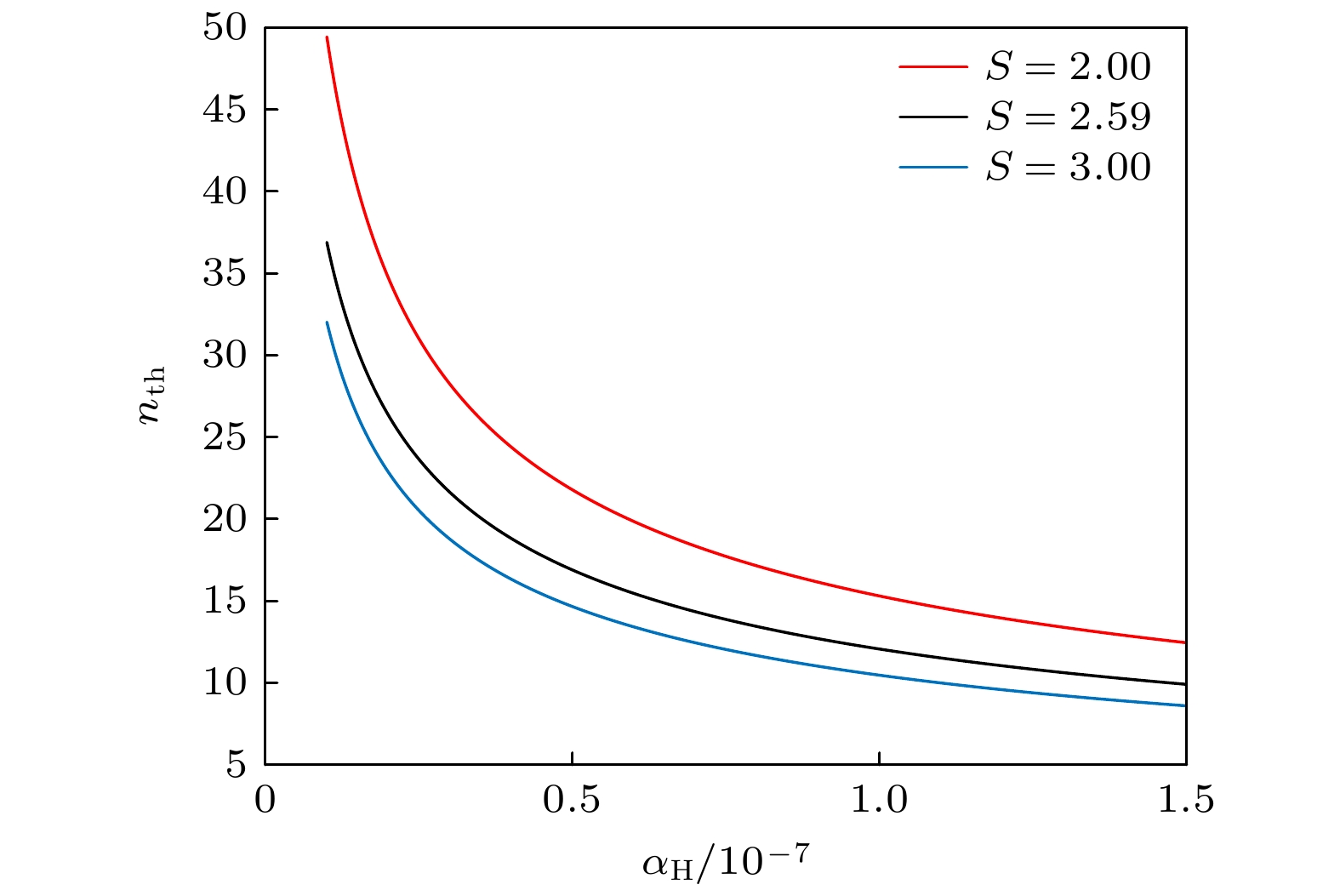-
在磁约束聚变等离子体中, 本文将超电阻引入气球模模型, 采用解析理论的方法研究其对气球模线性不稳定性的影响. 推导了包含超电阻、电阻和抗磁效应的非理想气球模本征方程, 分析不同条件下超电阻对气球模的作用. 结果表明, 超电阻会增强气球模的不稳定性, 其物理机制是超电阻导致的电流扩散效应使得磁力线弯曲项对气球模的稳定作用减弱; 超电阻与电阻对气球模的去稳效应存在竞争关系, 当超电阻与电阻的比值较大时, 超电阻的作用占主导, 反则反之. 超电阻的去稳效应随着环向模数增加而增强, 当环向模数大于某阈值时, 超电阻会使原本稳定的气球模变得不稳定, 且该阈值与超电阻和电阻的比值成反比. 研究结果对未来聚变堆中低碰撞率边缘等离子体中的输运改善和边缘局域模控制具有重要参考价值.The coupling of ballooning mode and peeling mode forms the so-called peeling-ballooning mode, which is widely used in the physical explanation of the edge localized mode (ELM). The nonlinear platform simulation based on the non-ideal peeling-ballooning mode model successfully explained the ELM experimental results. Therefore, exploring the influences of various non-ideal effects on the ballooning mode in the edge transport barrier is very important in controlling the ELM in the future fusion reactors. Among the reports on non-ideal effects, there are few reports involving the effect of hyper-resistivity caused by anomalous electron viscosity on ballooning mode. It has been found that the hyper-resistivity has a destabilizing effect on the ballooning mode, but the associated physical mechanism is still unclear. Therefore, it is necessary to systematically explore the influence of hyper-resistivity on the ballooning mode theoretically by introducing hyper-resistivity into the ballooning mode model. The linear growth rate of ideal and non-ideal ballooning mode are solved by the shooting method for the derived eigenvalue equation of non-ideal ballooning mode containing hyper-resistivity, finite resistivity and diamagnetic drift effects, and the dependence of ballooning mode on hyper-resistivity is also explored under different conditions. The results show that the hyper-resistivity may destabilize the ballooning mode, and the physical mechanism is that the current diffusion effect caused by the hyper-resistivity weakens the stabilizing effect of the magnetic field line bending on the ballooning mode. When both the resistivity and hyper-resistivity are considered, they are in a competitive relationship. When the ratio of hyper-resistivity to resistivity is relatively high, hyper-resistivity plays a dominant role, and the destabilizing effect of resistivity will be shielded by hyper-resistivity, and vice versa. The destabilization effect of hyper-resistivity on ballooning modes is enhanced with the increase of the toroidal mode number. The hyper-resistivity will destabilize the original stable modes once the toroidal mode number exceeds a certain threshold. Further studies show that the threshold is inversely proportional to the ratio of hyper-resistivity to resistivity. The research results have important reference value for the control of edge localized modes in low-collisionality edge plasma in future fusion reactors.
-
Keywords:
- tokamak /
- magnetohydrodynamic instability /
- ballooning modes /
- hyper-resistivity
[1] La Haye R J 2006 Phys. Plasmas 13 055501
 Google Scholar
Google Scholar
[2] Connor J W, Hastie R J, Taylor J B 1978 Phys. Rev. Lett. 40 396
 Google Scholar
Google Scholar
[3] Glenn Bateman, Nelson D B 1978 Phys. Rev. Lett. 41 1804
 Google Scholar
Google Scholar
[4] Strauss H R 1981 Phys. Fluids 24 2004
 Google Scholar
Google Scholar
[5] Dark J F, Antonsen Jr T M 1985 Phys. Fluids 28 544
 Google Scholar
Google Scholar
[6] Lortz D, Nuhrenberg J 1978 Phys. Lett. A 68 49
 Google Scholar
Google Scholar
[7] Coppi B, Ferreira A, Ramos J 1980 Phys. Rev. Lett. 44 990
 Google Scholar
Google Scholar
[8] Strauss H R, Park W, Monticello D A, White R B 1980 Nucl. Fusion 20 638
[9] Snyder P B, Wilson H R, Ferron J R, Lao L L, Leonard A W, Osborne T H, Turnbull A D, Mossessian D, Murakami M, Xu X Q 2002 Phys. Plasmas 9 2037
 Google Scholar
Google Scholar
[10] Strauss H R 1986 Phys. Fluids 29 3668
 Google Scholar
Google Scholar
[11] Kaw P K, Valeo E J, Rutherford P H 1979 Phys. Rev. Lett. 43 1398
 Google Scholar
Google Scholar
[12] Wu N, Chen S Y, Mou M L, Tang C J 2018 Phys. Plasmas 25 092305
 Google Scholar
Google Scholar
[13] Connor J W, Hastie R J, Wilson H R 1998 Phys. Plasmas 5 2687
 Google Scholar
Google Scholar
[14] Xu X Q, Dudson B, Snyder P B, Umansky M V, Wilson H 2010 Phys. Rev. Lett. 105 175005
 Google Scholar
Google Scholar
[15] Rhee T, Park G Y, Jhang H, Kim S S, Singh R 2017 Phys. Plasmas 24 072504
 Google Scholar
Google Scholar
[16] Rhee T, Kim S S, Jhang H, Park G Y, Singh R 2015 Nucl. Fusion 55 032004
 Google Scholar
Google Scholar
[17] Jhang H, Kaang H H, Kim S S, Rhee T, Singh R, Hahm T S 2017 Nucl. Fusion 57 022006
 Google Scholar
Google Scholar
[18] Miller R L, Chu M S, Greene J M, Lin-Liu Y R, Waltz R E 1998 Phys. Plasmas 5 973
 Google Scholar
Google Scholar
[19] Mou M L, Jhang H, Rhee T, Chen S Y, Tang C J 2018 Phys. Plasmas 25 082518
 Google Scholar
Google Scholar
[20] Xia T Y, Xu X Q, Dudson B D, Li J 2012 Contrib. Plasma Phys. 52 353
 Google Scholar
Google Scholar
[21] Tang W M, Dewar R L, Manickam J 1982 Nucl. Fusion 22 1079
 Google Scholar
Google Scholar
-
图 1 考虑超电阻的非理想气球模本征方程函数解(
$R= $ $ 3.52\;{\rm{m}}$ ,$r=1.24\;{\rm{m}}$ ,$ q=2.35 $ ,$s=2.59 $ ,$ \alpha =0.46 $ ,$n= $ $ 35$ ,$\eta ={10}^{-7}$ ,$ {\eta }_{{\rm{H}}}={9\times 10}^{-15} $ )Fig. 1. Eigen-functions of the ballooning model with hyper-resistivity (
$R=3.52\;{\rm{m}}$ ,$r=1.24\;{\rm{m}}$ ,$ q=2.35 $ ,$s=2.59 $ ,$ \alpha =0.46 $ ,$ n=35 $ ,$\eta ={10}^{-7}$ ,$ {\eta }_{{\rm{H}}}={9\times 10}^{-15} $ ).图 3 不同电阻和超电阻条件下气球模线性增长率随环向模数的变化, 其中超电阻和电阻的比值
$ {\alpha }_{{\rm{H}}}={10}^{-7} $ 保持不变Fig. 3. Linear growth rate of ballooning modes varies with toroidal mode number under different resistivity and hyper-resistivity, the ratio of hyper-resistivity to resistivity remain unchanged, where
$ {\alpha }_{{\rm{H}}}={10}^{-7} $ .图 4 保持超电阻大小不变(
$ {\eta }_{{\rm{H}}}={10}^{-16} $ ), 不同电阻条件下气球模线性增长率随环向模数的变化Fig. 4. The linear growth rate of the ballooning mode varies with the toroidal mode number under different resistivity conditions, keeping the values of the hyper-resistivity unchanged, where
$ {\eta }_{{\rm{H}}}={10}^{-16} $ .图 6 不同电阻条件下, 超电阻对气球模线性增长率起作用的环向模数阈值与超电阻和电阻比值之间的关系, 横坐标为超电阻与电阻的比值
$ {\alpha }_{{\rm{H}}} $ , 纵坐标为环向模数阈值$ {n}_{{\rm{t}}{\rm{h}}} $ Fig. 6. The threshold value of toroidal mode number varies with the ratio of hyper-resistivity to resistivity when the hyper-resistivity plays a role in the linear growth rate of the ballooning mode by changing the resistivity values. The x-coordinate is the ratio of the hyper-resistivity to the resistivity, and the y-coordinate is the threshold value of toroidal mode number.
图 8 同时考虑抗磁效应、电阻和超电阻条件下, 气球模线性增长率随环向模数的变化, 其中
$ {\alpha }_{{\rm{H}}}={10}^{-7} $ 保持不变Fig. 8. With diamagnetic effect, the linear growth rate of ballooning modes varies with toroidal mode number under different resistivity and hyper-resistivity, keeping the ratio of hyper-resistivity to resistivity unchanged, where
${\alpha }_{{\rm{H}}}= $ $ {10}^{-7}$ .图 9 同时考虑抗磁、电阻和超电阻效应条件下, 气球模线性增长率随环向模数的变化, 其中超电阻大小(
${\eta }_{{\rm{H}}}= $ $ {10}^{-16}$ )保持不变Fig. 9. With diamagnetic effect, the linear growth rate of the ballooning mode varies with the toroidal mode number under different resistivity conditions, keeping the values of hyper-resistivity unchanged, where
$ {\eta }_{{\rm{H}}}={10}^{-16} $ . -
[1] La Haye R J 2006 Phys. Plasmas 13 055501
 Google Scholar
Google Scholar
[2] Connor J W, Hastie R J, Taylor J B 1978 Phys. Rev. Lett. 40 396
 Google Scholar
Google Scholar
[3] Glenn Bateman, Nelson D B 1978 Phys. Rev. Lett. 41 1804
 Google Scholar
Google Scholar
[4] Strauss H R 1981 Phys. Fluids 24 2004
 Google Scholar
Google Scholar
[5] Dark J F, Antonsen Jr T M 1985 Phys. Fluids 28 544
 Google Scholar
Google Scholar
[6] Lortz D, Nuhrenberg J 1978 Phys. Lett. A 68 49
 Google Scholar
Google Scholar
[7] Coppi B, Ferreira A, Ramos J 1980 Phys. Rev. Lett. 44 990
 Google Scholar
Google Scholar
[8] Strauss H R, Park W, Monticello D A, White R B 1980 Nucl. Fusion 20 638
[9] Snyder P B, Wilson H R, Ferron J R, Lao L L, Leonard A W, Osborne T H, Turnbull A D, Mossessian D, Murakami M, Xu X Q 2002 Phys. Plasmas 9 2037
 Google Scholar
Google Scholar
[10] Strauss H R 1986 Phys. Fluids 29 3668
 Google Scholar
Google Scholar
[11] Kaw P K, Valeo E J, Rutherford P H 1979 Phys. Rev. Lett. 43 1398
 Google Scholar
Google Scholar
[12] Wu N, Chen S Y, Mou M L, Tang C J 2018 Phys. Plasmas 25 092305
 Google Scholar
Google Scholar
[13] Connor J W, Hastie R J, Wilson H R 1998 Phys. Plasmas 5 2687
 Google Scholar
Google Scholar
[14] Xu X Q, Dudson B, Snyder P B, Umansky M V, Wilson H 2010 Phys. Rev. Lett. 105 175005
 Google Scholar
Google Scholar
[15] Rhee T, Park G Y, Jhang H, Kim S S, Singh R 2017 Phys. Plasmas 24 072504
 Google Scholar
Google Scholar
[16] Rhee T, Kim S S, Jhang H, Park G Y, Singh R 2015 Nucl. Fusion 55 032004
 Google Scholar
Google Scholar
[17] Jhang H, Kaang H H, Kim S S, Rhee T, Singh R, Hahm T S 2017 Nucl. Fusion 57 022006
 Google Scholar
Google Scholar
[18] Miller R L, Chu M S, Greene J M, Lin-Liu Y R, Waltz R E 1998 Phys. Plasmas 5 973
 Google Scholar
Google Scholar
[19] Mou M L, Jhang H, Rhee T, Chen S Y, Tang C J 2018 Phys. Plasmas 25 082518
 Google Scholar
Google Scholar
[20] Xia T Y, Xu X Q, Dudson B D, Li J 2012 Contrib. Plasma Phys. 52 353
 Google Scholar
Google Scholar
[21] Tang W M, Dewar R L, Manickam J 1982 Nucl. Fusion 22 1079
 Google Scholar
Google Scholar
计量
- 文章访问数: 5501
- PDF下载量: 110
- 被引次数: 0













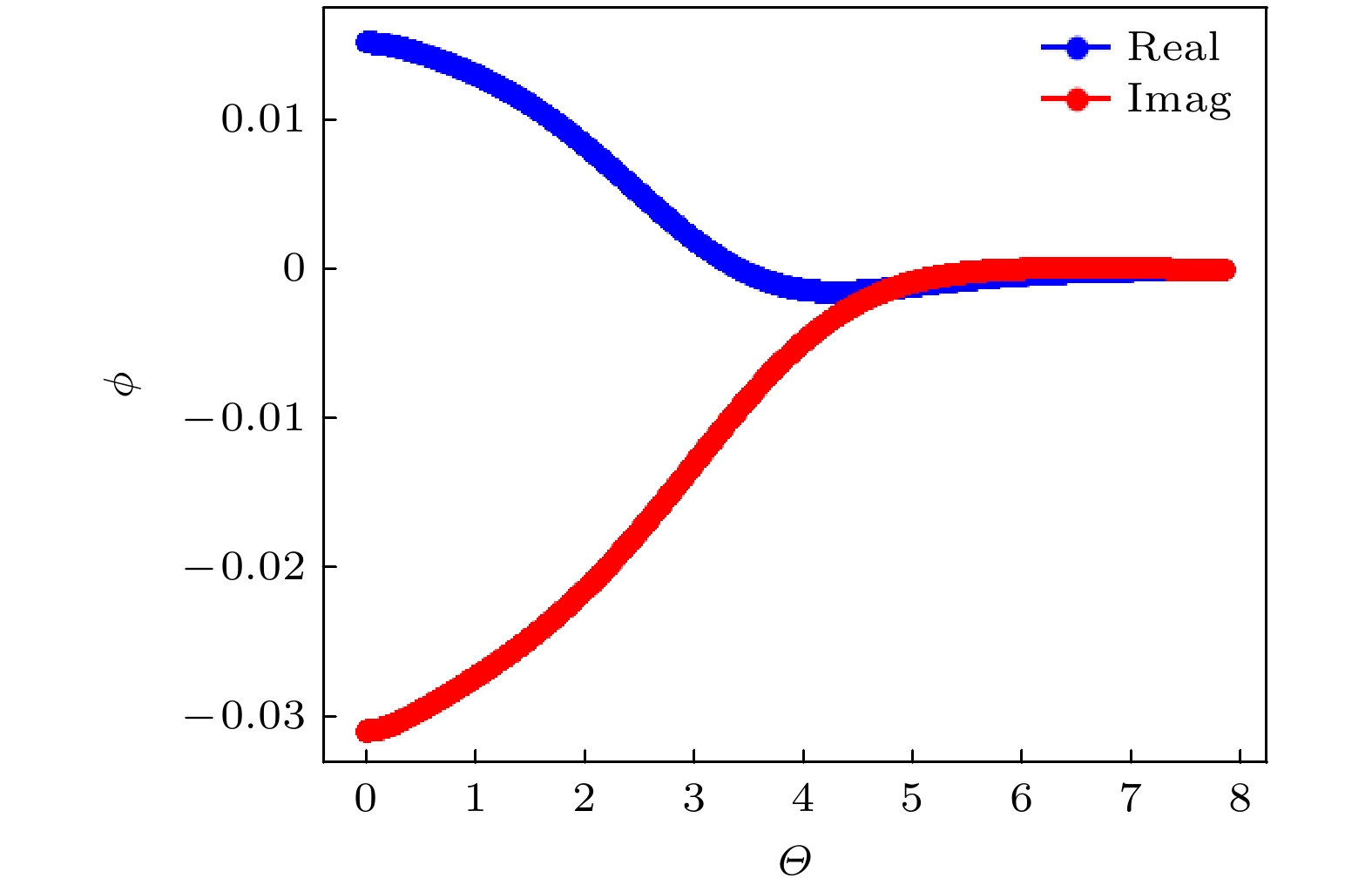


















 下载:
下载:


